 资源简介
资源简介
(共37张PPT)
第6课时 5年级下册(Units 1~4)
第一部分 教材梳理
01
考点演练
02
达标训练
目
录
why引导的特殊疑问句 (教材P6)
询问原因可用疑问词why,句型为“Why +一般疑问句?”,答句
为“Because ...”。
【典例精析】
(南通海安)对画线部分提问。
We shouldn’t eat lots of sweets because they’re bad for teeth.
we eat lots of sweets?
解析:对原因提问用特殊疑问词why。
答案: Why shouldn’t
【小试身手】
( A )- are you happy, Liu Tao?
- today is my birthday.
A. Why; Because B. Why; So
C. What; Because
A
have to (教材P7)
【典例精析】
( )(2023·淮安)It’s seven o’clock. We go to school now.
A. doesn’t B. are C. have to
解析:主语We不是第三人称单数,因此不能用助动词否定形式doesn’t;
go是动词原形,前面不能直接用be动词; have to后接动词原形。
答案: C
【小试身手】
根据中文意思,完成句子。
安病了。她得去看医生。
Ann is ill. She see the doctor.
has
to
try on的用法 (教材P7)
try on意为“试穿”。此短语中的on为副词,其后跟的宾语是名词
时,名词放在try和on之间或on后面均可;其后跟的宾语是代词时,代词
只能放在try和on之间。
【典例精析】
( )(2023·南京建邺区)The trousers nice.
Please .
A. looks; try it on
B. look; try on them
C. look; try them on
解析:第一句主语The trousers为复数,谓语动词用原形。 try on后跟代
词作宾语时,代词只能放在try和on之间, trousers为复数,故代词用
them。
答案: C
【小试身手】
根据中文意思,完成句子。
我喜欢这件外套。我想试穿它。
I like this coat. I want .
to
try
it
on
put on、 take off的用法 (教材P14)
put on与take off是一对反义短语, put on意为“穿上”, take off意
为“脱下”。
【典例精析】
( )(2023·常州溧阳)- How dirty your gloves are! and
wash them now.
- OK.
A. Put them on B. Take it off
C. Take them off
解析:第一句中的gloves为复数名词,故代词用them,根据wash them可
知是take off。
答案: C
【小试身手】
选词填空。
It’s cold outside. Here is your coat. Please (put it on/take it
off).
put it on
问路的几种表达方式 (教材P26)
常用的问路的几种表达方式:
(1) How can/do I get to ...?
(2) Which is the way to ...?
(3) Where is ..., please?
(4) Can you tell me the way to ..., please?
【典例精析】
( )(2023·泰州兴化)- Tim, how do you get your
aunt’s house?
- I get there by car.
A. to; to B. /; to C. to; /
解析: get to sp.表示“到达某地”,第二空后面的there为地点副词,
get后跟地点副词时不用加to。
答案: C
【小试身手】
( A ) Can you tell me the way the library?
A. to B. / C. at
A
You can get on/off ... at ... (教材P26)
“You can get on/off ...at ...”用于建议或提醒对方在某处上/下某
个交通工具,意为“你可以在……上/下……”。
【典例精析】
(南通海门区改编)根据中文提示填空。
You can (下公共汽车) at Sun
Station. You’ll see the bookshop on your left.
解析: get off the bus意为“下公共汽车”。
答案: get off the bus
【小试身手】
( A )(2024·盐城阜宁县)We should the bus after the other
people the bus.
A. get on; get off B. get off; get on
C. get out; get in D. get in; get out
A
excuse me与sorry的区别(教材P27)
词 条 不 同 点 例 句
excuse
me 用于麻烦别人或打扰别人时,表示礼貌,一般用于对话的开始。 Excuse me, could you tell
me the way to the book-store?
打扰一下,你能告诉我去书
店的路吗?
sorry 用于犯了错误或者不能为别人提供帮助时,表示歉意,也可表示同情。 I’m sorry. I’m late for the party.
对不起。我聚会迟到了。
【典例精析】
( )(南通海门区)- I have a high fever. I can’t go to school
today.
- _______ __
A. Excuse me.
B. Wait a minute.
C. I’m sorry to hear that.
解析:听到对方发高烧,应该用“I’m sorry to hear that.”表示同情。
答案: C
【小试身手】
根据所设情景,判断正(√)误( )。
( )上学迟到了,你会对老师说:
Excuse me, I’m late.
Go along ... Turn left/right at ... (教材P27)
“Go along ... Turn left/right at ...”句型常用于给某人指路。 go
along与walk along同义。 at后面跟地点。
【典例精析】
( )(2023·徐州邳州改编)Nancy, walk along the street.
Then left at the crossing.
A. turn B. turns C. turning
解析:两句均为祈使句,常用于给别人指路,动词用原形。
答案: A
【小试身手】
根据中文意思,完成句子。
沿着月亮街走。然后在太阳街向右转。
Moon Street. Then turn at Sun Street.
Go/Walk
along
right
“take a bus/metro/train ...”与“by bus/metro/train ...”(教材
P32)
动词(短语) 介词短语 意 思
take a bus by bus 乘公共汽车
take a metro by metro 乘地铁
take a train by train 乘火车
take a taxi by taxi 乘出租车
ride a bike by bike 骑自行车
walk on foot 步行
【典例精析】
( )(2024·无锡梁溪区)- Do you often go to school
by bike?
- No. I often take bus to school.
A. a; a B. the; the C. /; a
解析: by后跟交通工具时,交通工具前面不加冠词; take后跟交通工具
时,要在交通工具前面加a或the。
答案: C
【小试身手】
(2024·泰州姜堰区)同义句转换。
My father took a bus to work last Monday.
My father to work bus last Monday.
went
by
询问对方身体状况的几种表达 (教材P36)
常用的询问对方身体状况的几种表达:
(1) What’s wrong with you?
(2) What’s the matter with you?
(3) How are you?
(4) How do you feel?
(5) How are you feeling now?
【典例精析】
( )(淮安淮阴区改编)- What’s the matter with ?
- He a bad cold.
A. her; has B. him; has
C. him; have
解析: with后跟人称代词的宾格形式,由答语的主语He可知问句应用其
宾格him;答句中的主语He为第三人称单数,谓语动词应用第三人称单
数形式。
答案: B
【小试身手】
根据所设情景,判断正(√)误( )。
( √ )你看到刘涛身体不舒服,可以问:
What’s wrong with you, Liu Tao?
√
一、 根据中文提示填空。
1. I want to go there by (飞机).
2. She puts on the new (衣服).
3. Mike has a (牙疼) today.
4. Yang Ling (步行) to school.
5. Wang Bing (不得不) go to school on foot today.
plane
clothes
toothache
walks
has
to
一
二
三
四
二、 单项选择。
( B )1. The boy so sad. His hand .
A. look; hurt B. looks; hurts
C. look; hurts
( A )2. - shoes do they try on?
- Yang Ling’s.
A. Whose B. Who C. Who’s
B
A
一
二
三
四
( A )3. (2024·常州溧阳)- Altay is a beautiful place in
Xinjiang.
- It’s far from here. Let’s go by plane.
A. How will we go there?
B. How long will we stay there?
C. How far is it?
A
一
二
三
四
( A )5. You can find the cinema your left.
A. on B. in C. at
A
( A )4. - Look! The metro is coming.
- Let’s the metro.
A. get on B. get up C. get off
A
一
二
三
四
三、 按要求完成句子。
1. Lily can eat something now.(改为否定句)
Lily eat now.
2. My uncle often goes to Hong Kong by plane.(同义句转换)
My uncle often Hong Kong.
3. I’m so sad because I have no nice clothes.(对画线部分提问)
so sad?
can’t/cannot
anything
takes
a
plane
to
Why
are
you
一
二
三
四
四、 看图完成对话。
1. [情境题]当别人问你超市在哪时,你要怎么指路呢?
A: Excuse me, the supermarket?
B: It’s Renmin Street.
A: can I get there?
where’s
on
How
B: Walk this street. Turn right at the traffic lights. You can find
it on your .
along
right
一
二
三
四
2. [情境题]让我们看看这个男孩和医生在说什么。
A: What’s wrong you?
B: There’s something with my teeth.
A: Let me check. You have a . you eat a lot of
sweets?
with
wrong
toothache
Do
B: Yes. What should I then?
A: You should brush your twice a day.
B: What shouldn’t I ?
A: You eat so many .
B: OK. Thank you.
do
teeth
do
shouldn’t
sweets
一
二
三
四
展开更多......
收起↑
 资源预览
资源预览


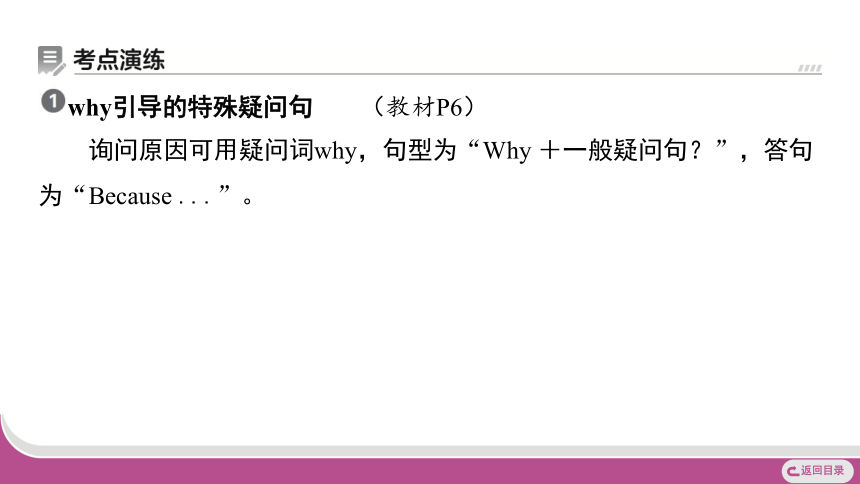
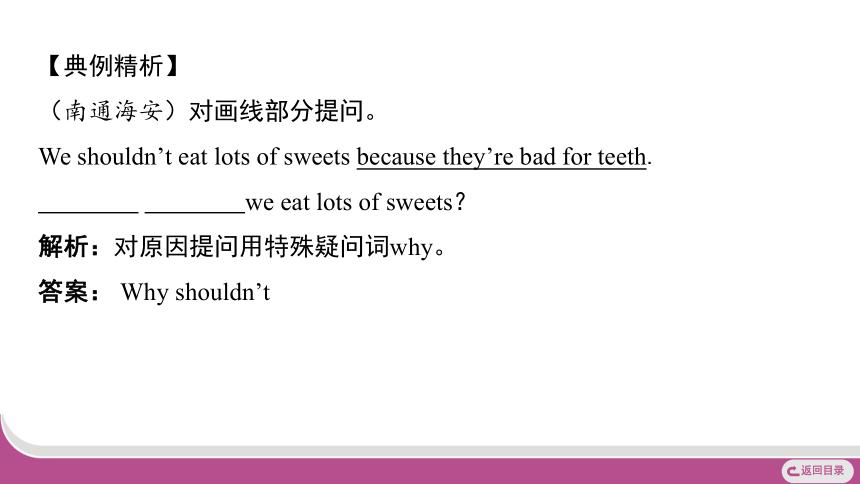
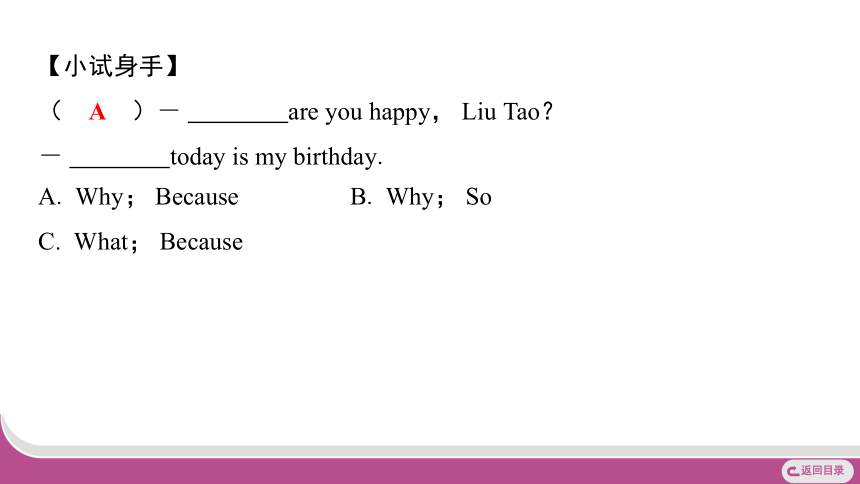
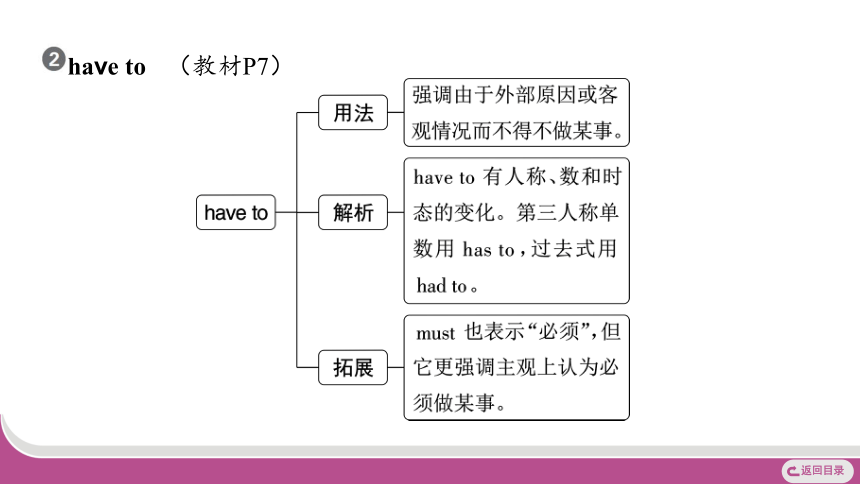
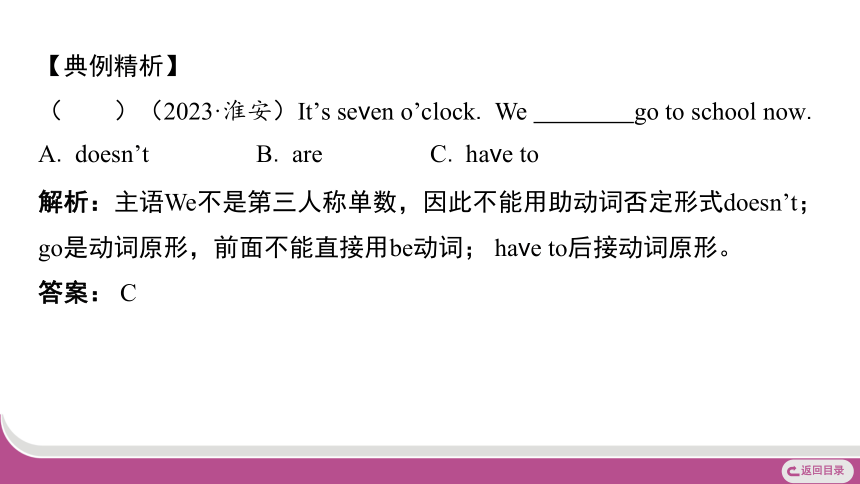
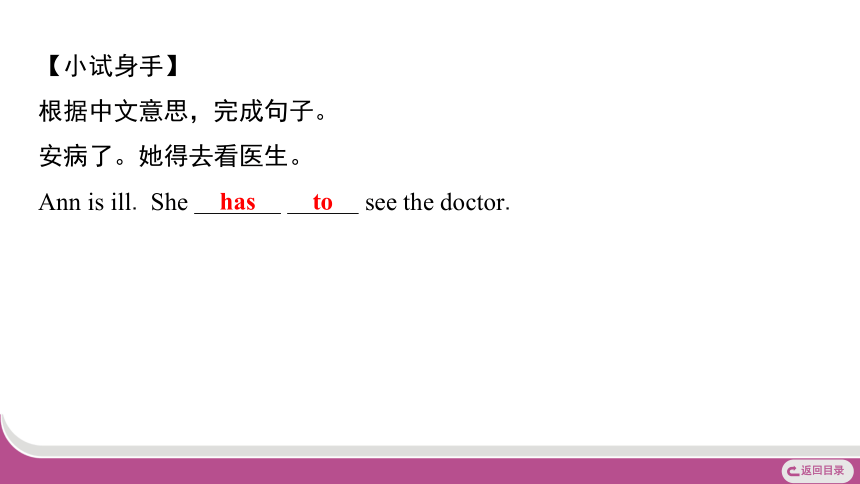

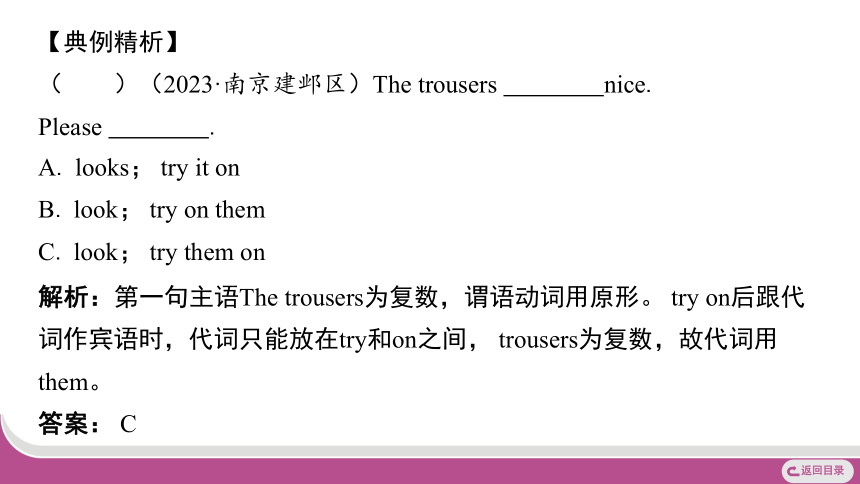
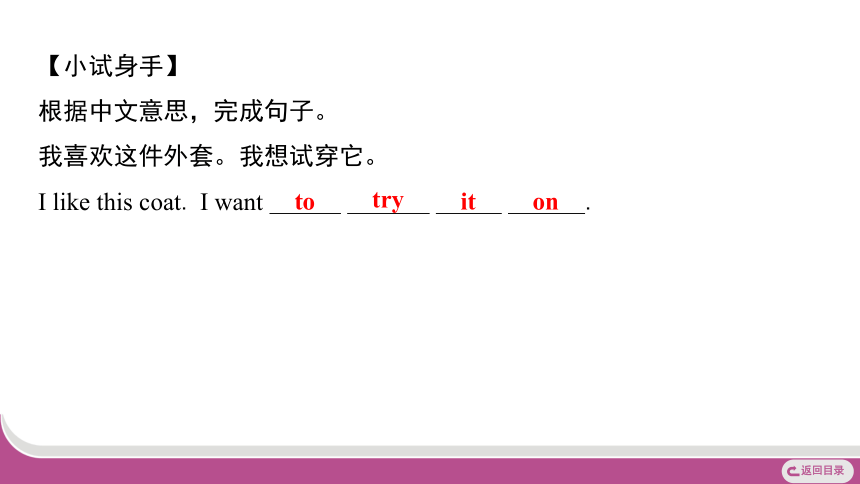
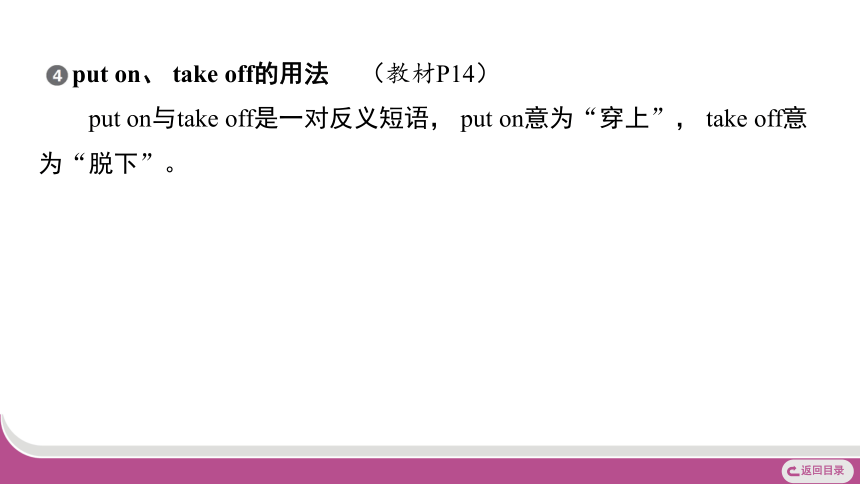
 资源预览
资源预览











